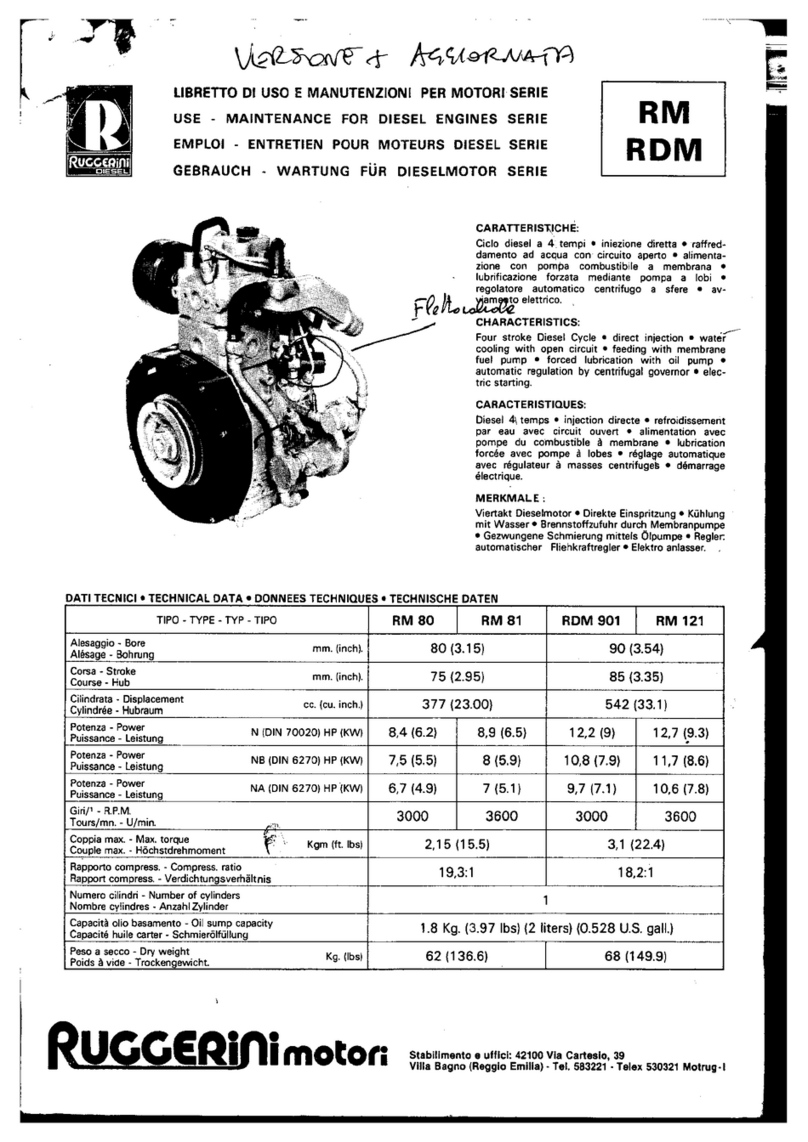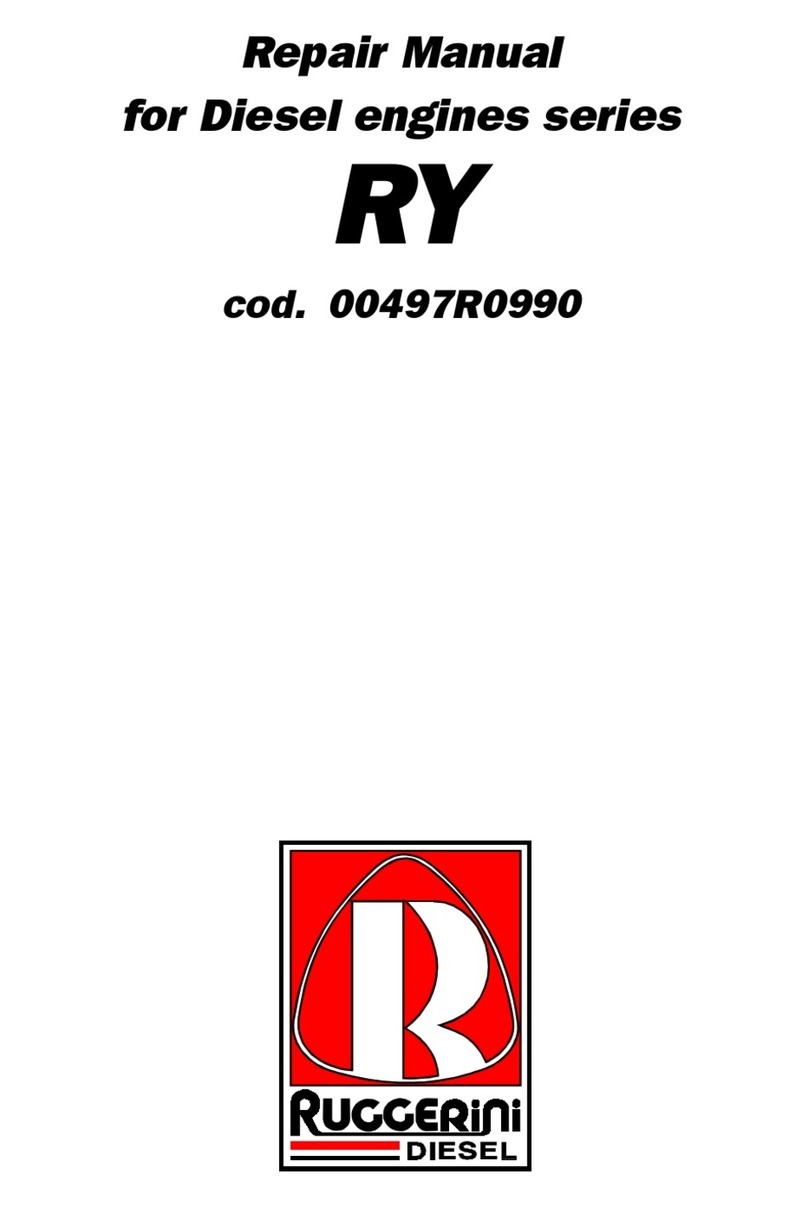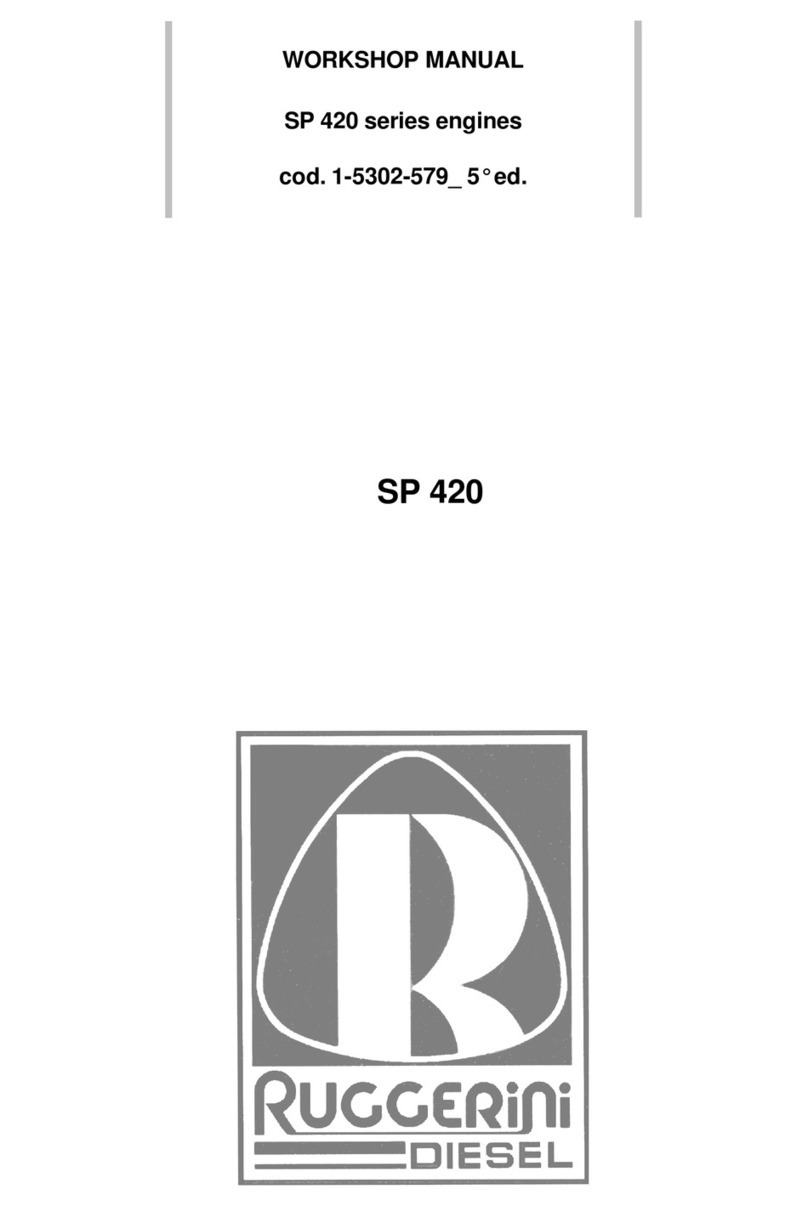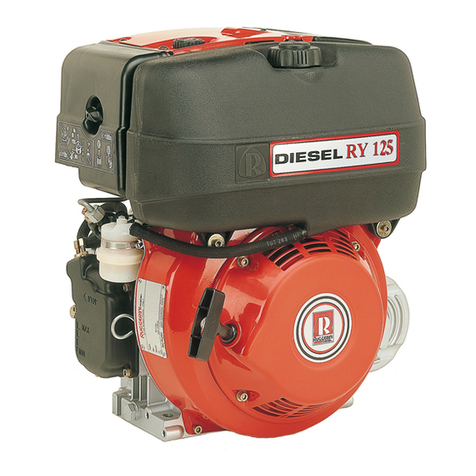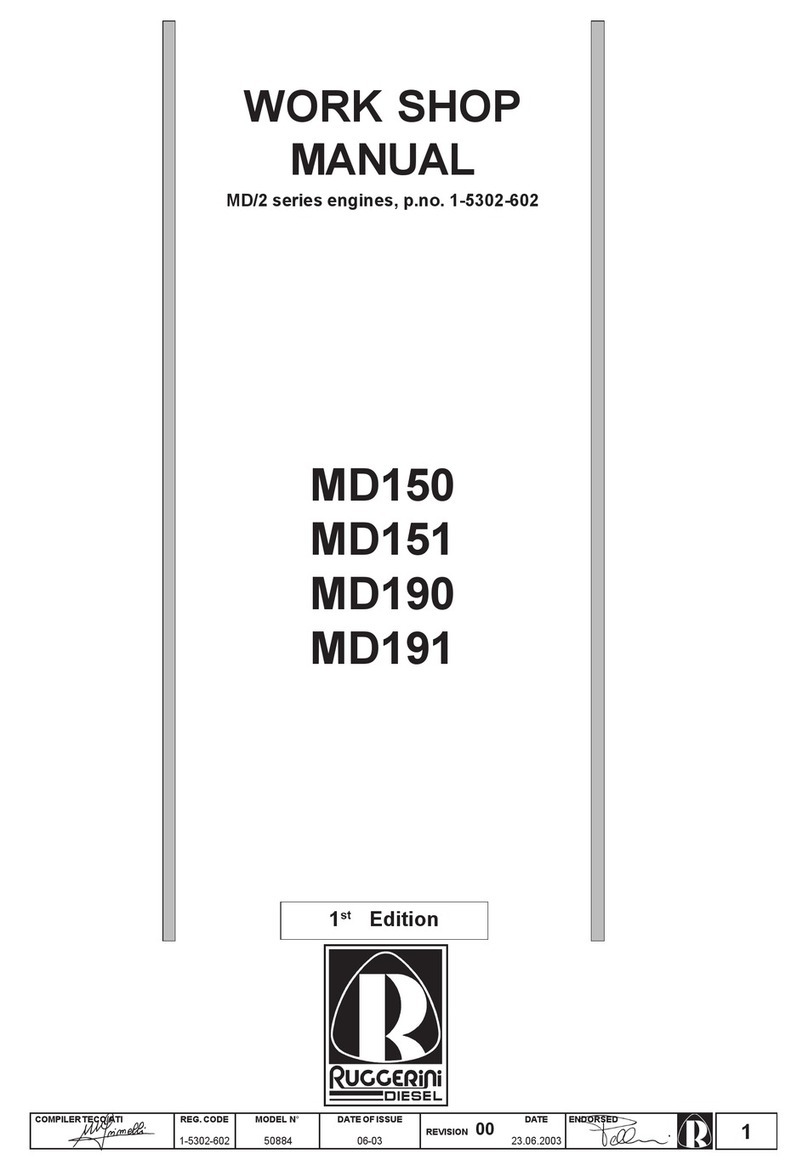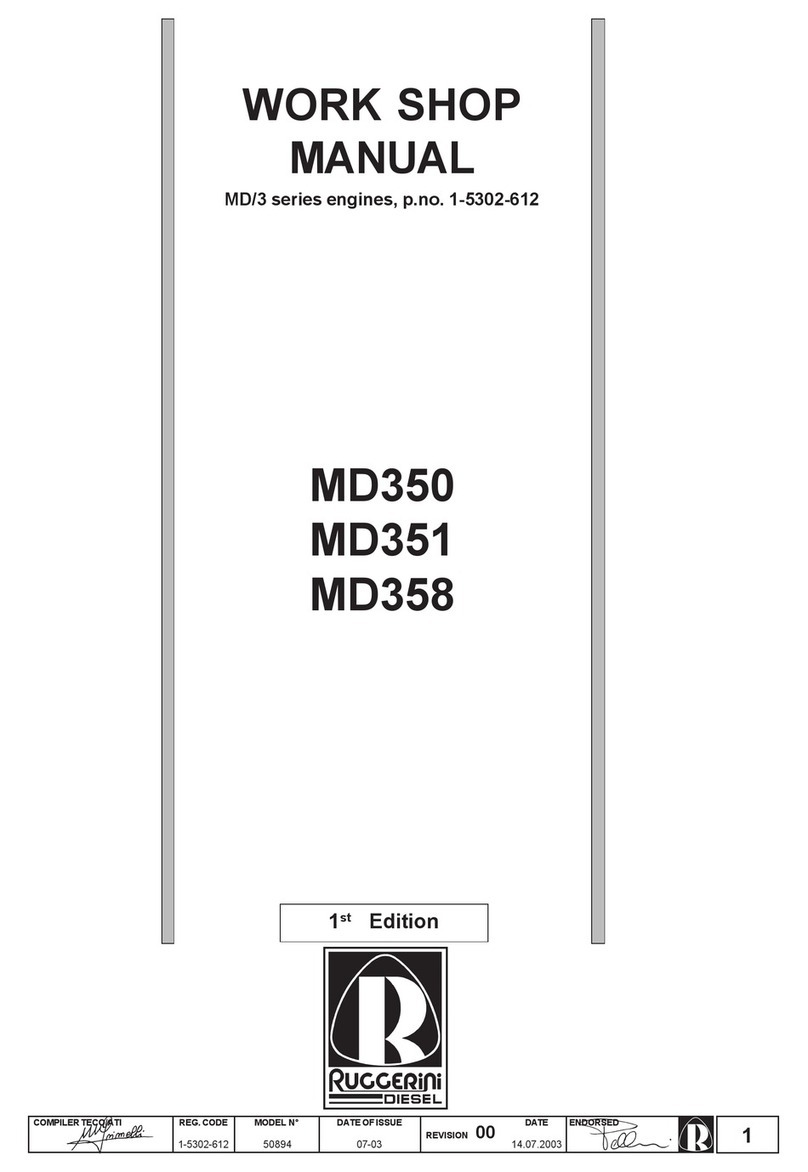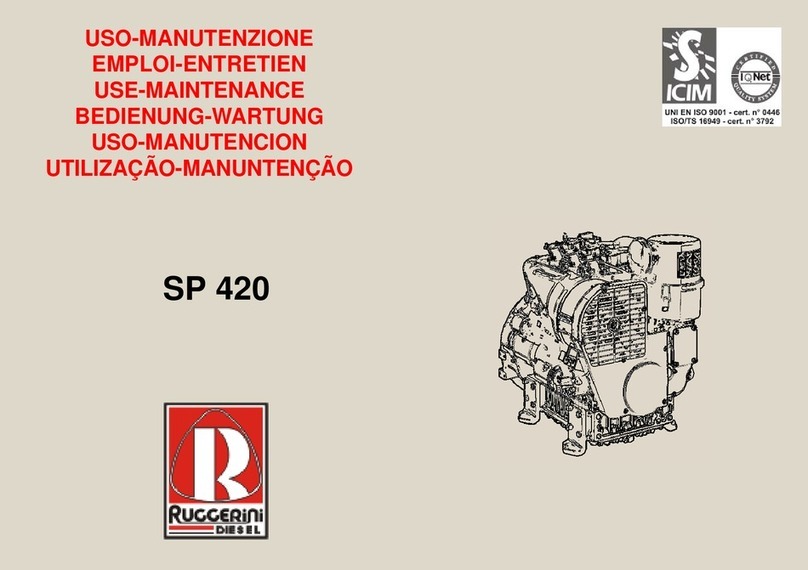5
COMPILERTECO/ATI ENDORSEDDATE
01.08.2003
REG.CODE
1-5302-620
MODEL N°
50902
DATEOFISSUE
08-03 REVISION 00
INDEX
XI INJECTIONEQUIPMENT ________________________________________________________ Page 26
Checking injection pump................................................................................................................................................ 26
Fuel circuit ....................................................................................................................................................................... 26
Injection pump ................................................................................................................................................................ 26
Injection pump assembly ............................................................................................................................................... 27
Injection pump setting .................................................................................................................................................... 26
Injector checking and setting.......................................................................................................................................... 28
Injectors........................................................................................................................................................................... 28
Testing air tightness .......................................................................................................................................................28
XII ELECTRICALEQUIPMENT ______________________________________________________ Page 29
Alternator checking (stator) ............................................................................................................................................. 30
Circuit checking............................................................................................................................................................... 29
Electric starting with motor and alternator for battery re-charging ................................................................................. 29
Method of use.................................................................................................................................................................. 30
Wire checking.................................................................................................................................................................. 30
XIII ENGINEASSEMBLY ___________________________________________________________ Page 32
Camshaft preparation..................................................................................................................................................... 32
Checking injector protrusion .......................................................................................................................................... 38
Checking start of injection .............................................................................................................................................. 41
Checking T.D.C. ..............................................................................................................................................................40
Checking valve head face depth.....................................................................................................................................38
Connecting rod-crankshaft coupling .............................................................................................................................. 36
Crankshaft preparation................................................................................................................................................... 33
Cylinder height adjustement .......................................................................................................................................... 38
Cylinder mounting........................................................................................................................................................... 37
Feeding pump assembly................................................................................................................................................ 36
Fitting cylinder heads...................................................................................................................................................... 39
Fitting of oil seal rings..................................................................................................................................................... 35
Injection pump fitting.......................................................................................................................................................40
Injection pump tie rod connection .................................................................................................................................. 40
Oil pump assembly......................................................................................................................................................... 35
Piston ring fitting .............................................................................................................................................................37
Piston ring working position ...........................................................................................................................................37
Piston-connection rod couplings.................................................................................................................................... 36
Preparation of crankcase................................................................................................................................................ 32
Protective cap fitting ........................................................................................................................................................37
Timing cover assembly................................................................................................................................................... 34
Upper crankcase preparation......................................................................................................................................... 33
Valve clearance ............................................................................................................................................................... 39

